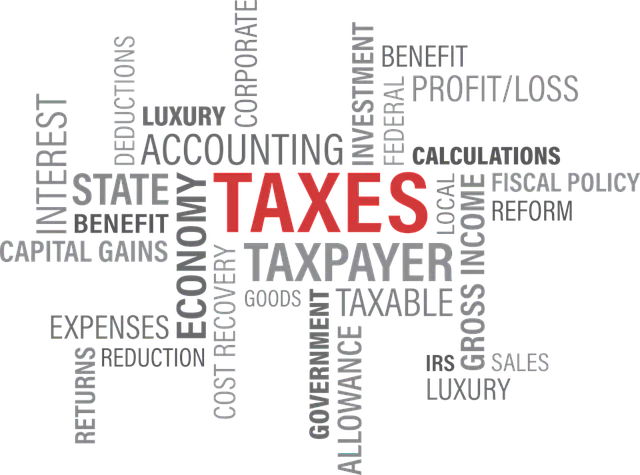
Story at-a-glance
- Max out retirement contributions now – You can contribute to IRAs by April, but 401(k)/403(b) contributions must be in by December 31.
- RMDs are non-negotiable – If you’re over 70½, missing Required Minimum Distributions could trigger a 50% penalty.
- Prepay business expenses to lower this year’s taxes – Lock in deductions by prepaying subscriptions, insurance, CE, or office equipment.
- Harvest investment losses – Sell losing investments to offset gains or reduce income taxes—up to $3,000 in ordinary income.
- Track deductible expenses – Dues, travel, lodging, and CE costs all count. If it’s not documented, it’s not deductible.
November is upon us, and that means it’s time to make your end-of-year tax moves to make sure you minimize your overall business, income and capital gains tax liability, while maximizing your personal and business cash flow.
Maximize retirement plan contributions
While you have until next April to make contributions to an IRA, you have no such luxury with employer-sponsored qualified defined contribution retirement plans like the 401(k) or 403(b) plans. If you are an employee or an employer (or both), then you must make all of your retirement contributions for the tax year must be made by the end of the year – December 31st.
If you’re a plan participant, now is the time to talk to HR and get your salary deferral locked in for the remainder of the year and into the next.
Take required minimum distributions
Did you turn age 70 ½ last year or before? Don’t forget to take any required minimum distributions. These are mandatory distributions that you must take out of your traditional IRA, 401(k), 403(b), SEP, SIMPLE or annuities. You deferred taxes on this money for a long time, if you’re over 70 and a half, the time has come to begin to pay the piper.
If you fail to take RMDs, you could face severe tax penalties of up to half the amount you were supposed to take out, but didn’t.
Pay business expenses
To the extent possible, try to pay inevitable business expenses and investments this year. Even if you don’t expect to receive the goods and services for your business/private practice until sometime next year, paying for it or signing a contract for it this year (for those on the accrual method) locks in the tax deduction for the expense for 2023. Even if you pay for it via credit card, or sign a contract or promissory note to pay, committing to the transaction, you can till generally take the tax deduction this year, rather than having to wait until next year. This potentially increases your business cash flow. Note that not every expense is fully deductible in the first year. Capital investments like equipment that is expected to last longer than one year must be depreciated over time, according to IRS rules, though there are some exceptions under Section 179 of the Internal Revenue Code. However, you can still lock in current year tax benefits by committing to the investment before the year end. Speak to your tax advisor for details.
Prepay journal subscriptions
This is an example of shifting the timing of your expenses to maximize your cash flow. Prepaying journal subscriptions, insurance premiums, advertising and other expenses can reduce your tax burden when you file your next personal or business income tax returns (depending on your situation). Again, speak to your tax advisor for details – DoctorDisability.com does not provide individualized tax advice.
Sell losing investments
Lock in your losses! This sounds counter-intuitive, but selling losing investments to offset gains in winning investments that you sell this year can be an important part of your overall tax management strategy. Don’t have any capital gains tax liability this year? You can still sell any losing positions you have to offset up to $3,000 in income. This can save you hundreds in income tax liability, in some circumstances.
Log travel, lodging, computer, technology, continuing education, association dues and other professional expenses
If you don’t know what you paid this year, and how much, then you can’t deduct the expense. Even if you’re not self-employed, you can still deduct many of these expenses – over and above a floor of 2 percent of your adjusted gross income for the year.
Ready to protect your future?
Get a personalized side-by-side policy comparison of the leading disability insurance companies from an independent insurance broker.



